Produce Spotlight: The Ultimate Guide to Beets
Beetroot, or more commonly referred to as beets, come in vibrant colors and have an earthly flavor. With so many recipe options, you may wonder what is the best cooking method? What are the nutritional benefits? Will they discolor urine? My goal is to share the answers to all of these questions and more in this month’s Ultimate Guide to Beets.
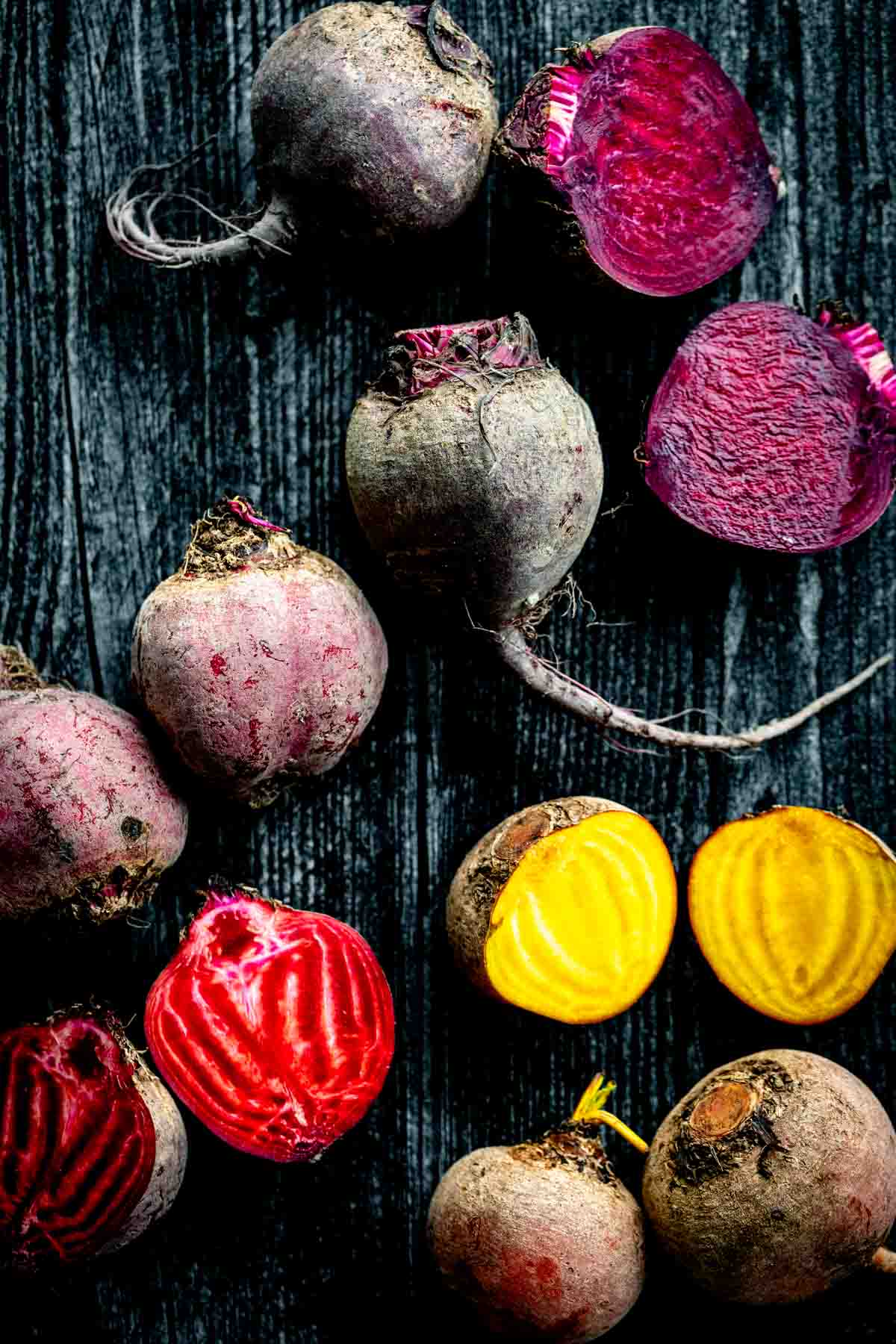
Beet Recipes
If you have beets at home, or are looking for new ways to cook them, here are some of my go-to beet recipes that I'm sure you'll love. Cooking with beets has never been easier.
Beet Green Salad
This Beet green salad with feta and sherry vinaigrette will turn anyone into a fan of eating beet greens! If you happen to have a lot of them on hand then this is a great recipe to try! The bold and savory dressing pairs so well with the strongly flavored leaves.
Roasted Beets
If you are looking for the easiest way to prepare beets, this Roasted Beets recipe is just what you have been searching for. It is as simple as it gets, and works every time! The beets come out perfectly tender and the balsamic and thyme added in at the end takes the flavor to the next level.
Pickled Beets
With just 10 minutes of prep and only 5 ingredients you can transform earthy beets into tangy tender slices of absolute goodness. These Simple Pickled Beets are gluten free, paleo-friendly and vegetarian and one of my absolute favorite summer side dishes!
Beets with Tahini
Today I have a simple recipe for beets with tahini. it is an easy Middle Eastern inspired side dish with five simple ingredients and ten minutes of active time.
Chioggia Beets with Cranberries and Spiced Nuts
This recipe for Chioggia Beets with Cranberries and Spiced Nuts is insanely delicious! And it is super simple to make. Bring it to a potluck or serve as covered dish, or add it as a sweet and savory side-dish for any menu! After you’ve made it once or twice, you’ll be able to do it without even looking at the recipe.
beet and caramelized onion bruschetta with goat cheese crumbles {and a giveaway}
Here is a great healthy, sweet and savory appetizer and a great giveaway! Beets and balsamic caramelized onions top slices of fresh baguette with crumbled goat cheese on top.
Meal Prep Spinach Beet and Chicken Power Salads
Are you new to Meal Prep? Today is the day to give it a go! You can start your new year off right and pack these high-protein Spinach, Beet and Chicken Power Salads for a week’s worth of healthy hunger-busting lunches.
Beet Hummus
Beet hummus is a great alternative to your regular hummus. Packed with tons of flavor and, of course, color, you can enjoy it with your favorite veggies and crackers.
Chocolate Beet Cupcakes with Chocolate Mascarpone Frosting
Baked goods are one of my favorite ways to get in those sneaky veggies. And why wouldn't it be? Just look at how delicious these chocolate beet cupcakes look!
Roasted Beet Pasta with Dill and Lemon | Naturally.
Roasted beets are the new great way to make pasta sauce. Serve it at your next dinner party to impress those guests, or make it at home for a special weeknight dinner!
Origin and Growing Information
Where Did Beets Originate?
The species Beta vulgaris belongs to the Amaranthaceae family. Their oldest known ancestor, the wild sea beet, was discovered in the Mediterranean.
At first, the beet greens and leaves were utilized for consumption, and the roots were only used for medicine. According to the History Kitchen, Europeans began cooking the whole crop during the 16th century, and to date, beets are popular in the culinary space.
What Are The Different Varieties?
Beets varieties are distinguishable by their color. The lighter colors tend to have a more mild flavor, than their dark counterparts. Here is a collection of some common types and their attributes.
- Chioggia: red and white striped interior
- Detroit Dark Red: deep red-purple interior
- Touchstone Gold: golden interior
- Avalanche: white interior
If you want to learn more about these varieties, check out The Old Farmer’s Almanac.
How To Grow Beets?
They grow directly from seed. Each seed should be placed half an inch deep and about 1-2″ apart. Each seed can produce multiple seedlings, so, to avoid overcrowding, thin the plants when they reach 4″ by carefully cutting off extra leaves.
What Conditions Do They Grow In?
The soil must be free of rocks and obstructions as roots can dive a full yard deep. Soil should be fertile and well prepped. In agreement with this university’s AgriLife Extension, plants need to retain moisture for growth and should be watered weekly.
The farmers at Tenth Ace Farm, suggest that planting begins mid-spring and continues in 3-week intervals until late summer, or more specifically, 8 weeks before the fall frost. This will produce successive growth through the season. If you live in an extremely warm climate, winter will be the best time to plant since beets thrive in temperatures below 80°F.
Which Part Is Above Ground?
Beet greens grow above ground and can be harvested with the rest of the plant, and cooked in a similar manner to Swiss Chard.
When Are They Ready To Harvest?
Beets will reach maturity in about 2 months and should be at least the size of a golf ball. To harvest, simply loosen the soil and carefully pull from the ground. I prefer the greens when they are tender and young. They become more flavorful as they mature.
Nutrition Information
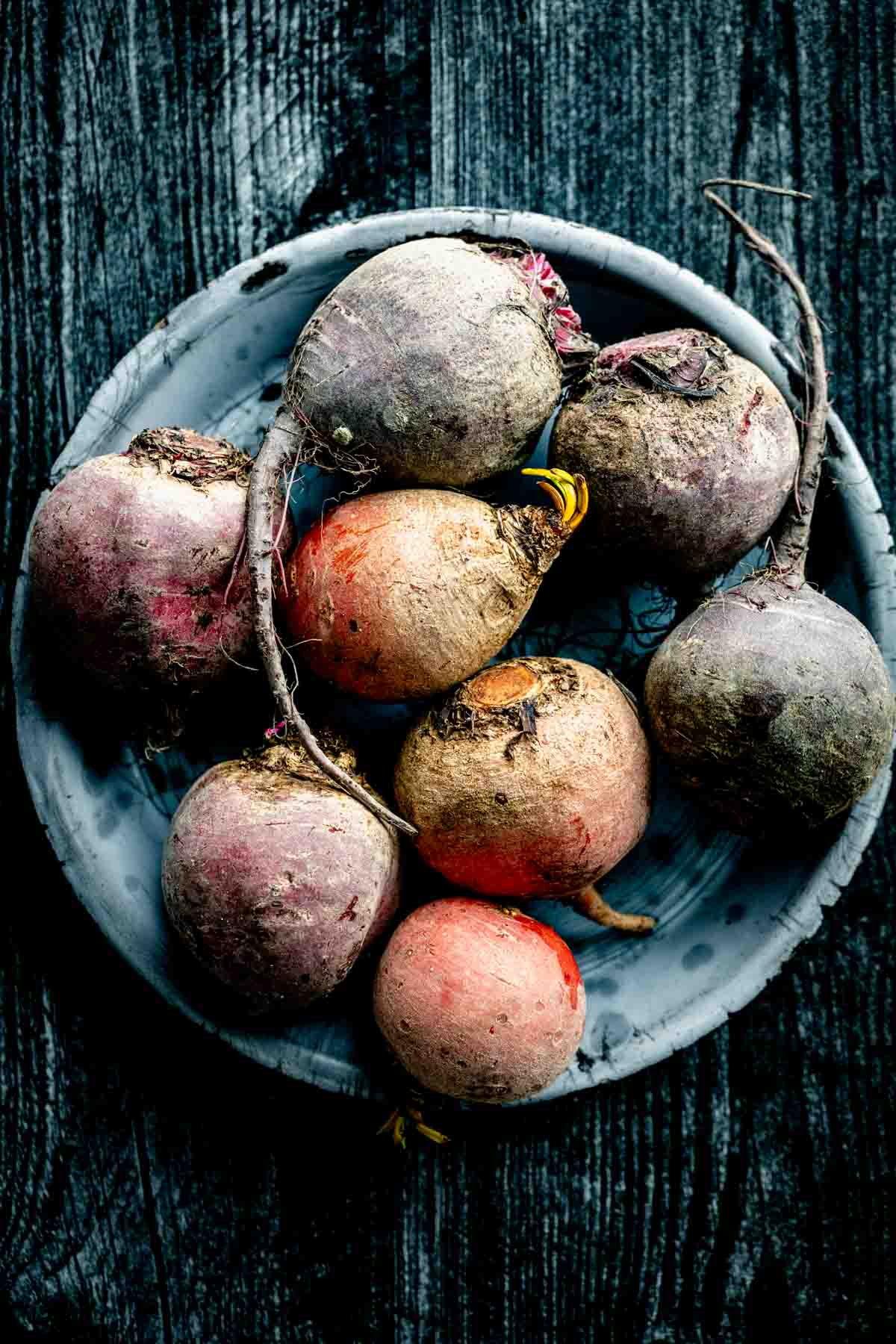
What Are The Nutritional Benefits?
- Beets are a good source of Folate (Vitamin B9), Manganese, and Potassium. Their greens are high in Vitamin K, Iron, and Riboflavin (Vitamin B2).
- They contain Betalains, a phytochemical that offers antioxidant properties. Learn more about Betalains and their health benefits from this article.
- According to data published in the journal Nutrition and Metabolism, beets are a good source of inorganic nitrate (NO3), which turns into nitric oxide in the body. Nitric oxide plays a role in blood vessel health and blood flow.
How Many Calories and Grams of Sugar Do They Contain?
On the report of the USDA, one cup of beets contains 9 grams of sugar and is 58 calories. Beets, like many vegetables, are primarily made up of water.
Are They Paleo? Keto? Low Fodmap?
Beets are paleo-friendly but due to their carbohydrate content, they are not Keto friendly. Fresh raw beets may trigger some intestinal discomfort, however, once cooked, canned or pickled, they are considered low FODMAP based on a consumer guide.
What Is The Deal with Beetroot Powder and Beet Juice?
Whole foods provide fiber, vitamins, and minerals, however, the concentrated powder and juice of beetroot also hold nutritional value. On the report of Food Science and Biotechnology, beetroot powder contains minimal sugar and is a source of ascorbic acid, or better known as Vitamin C.
Beetroot juice contains a substantial amount of nitrate (NO3). Discover more on the effects of Beetroot juice from a study published in the medical journal, Nutrients.
Why Do Beets Discolor Urine?
There is a scientific name for the discoloration of urine, and other excretions, after beet consumption. Medical articles published on the topic Beeturia, state that this strange phenomenon occurs in about 10-14% of the population. Although it can be a surprising sight, Beeturia poses no health dangers and does not affect nutrient absorption.
Cooking Information
Peeling Beets
There are two ways of peeling beets: before or after they are cooked. There are benefits to each.
Peeling After Cooking
Once beets are cooked by either boiling or roasting them whole, they can be peeled very easily. Once they are cool enough to handle, simply rub the skins off with a kitchen towel or your finger tips. The skin will slide right off.
This method does take longer because a) it takes longer to cook a whole beet, and b) you have to wait for them to cool enough to touch them.
I use this method when I am preparing beets for salad like this spinach salad with maple ranch dressing, bacon and beets or for making Pickled Beets. In both cases they will be served cold, so it is a convenient and hands-off way to prepare them and take the skins off easily.
Peeling Before Cooking
Beet skin is very thin and can be removed by a vegetable peeler, similarly to peeling carrot or potatoes. Cut the stem end off and the tap root with a knife. Then use the veggie peeler to peel them. Wear gloves if you don’t want to have your hands stained!
I like to use this method of peeling beets when I am going to use them raw like in this spinach beet and chicken power salad or if I am going to cut them before cooking, like in this recipe for Roasted Beets.
Cutting Tips
You can cut them before or after cooking them, depending on the recipe. Make sure to use a sharp knife!
To Dice Them:
After removing peel, cut them into slabs, about 1/2-inch thick. Lay two or three slabs on top of eachother and cut into 1/2-inch wide batons. Cut the batons into 1/2-inch cubes. Repeat with the remaining slabs.
To Julienne Them:
This is a great way to cut beets that are served raw. I use a mandoline to do so, or you can cut them into matchsticks by hand. You can also use a box grater and grate them by hand for a similar effect for salads and slaws.
Cut Into Wedges
I like to use them in wedges for side dishes like this Chioggia Beets recipe or for smaller beets on a salad. Cut the peeled beet in half through the stem and root end. Lay flat on the cut surface. Angle the knife toward the center point, cutting into equally wide wedges.
How To Boil Whole Beets
- Place unpeeled whole beets in a 3-quart saucepan and cover with cold water.
- Bring to a boil over high heat.
- Reduce heat to medium-low and simmer until the beets are tender and a fork inserted into the beets comes out easily, 40 to 55 minutes, depending on the size of the beets.
- Drain and cool beets.
How To Roast Whole Beets
- To roast whole unpeeled beets, choose beets that are equally sized.
- Preheat the oven to 400 degrees F.
- Lay a large sheet of aluminum foil on a baking sheet. Place the beets in the center and wrap them up into a packet.
- Roast them until they are tender. This takes about an hour for medium-sized beets.
- To check if they are done, open the packet and test them with a fork. If the fork slides easily into the beets, they are ready!
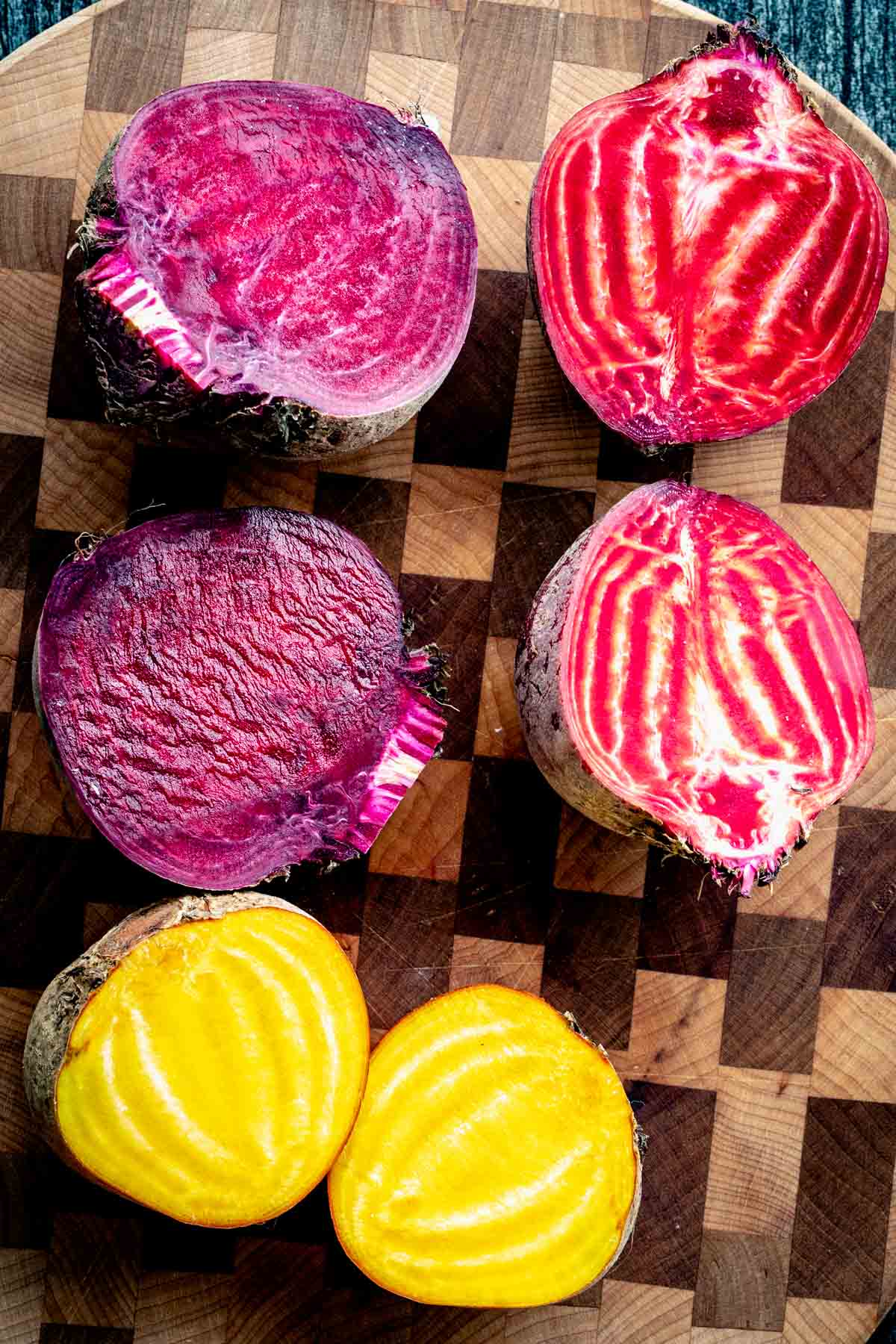
Thanks so much for reading! If you are new here, you may want to sign up for my email newsletter to get a free weekly menu plan and the latest recipes right to your inbox. If you make this recipe, please come back and leave a star rating and review. I would love to hear what you thought!
Happy Cooking! ~Katie

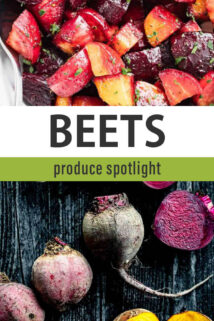
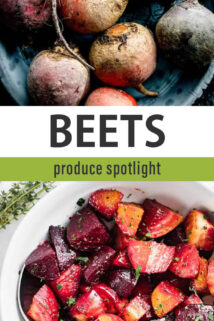
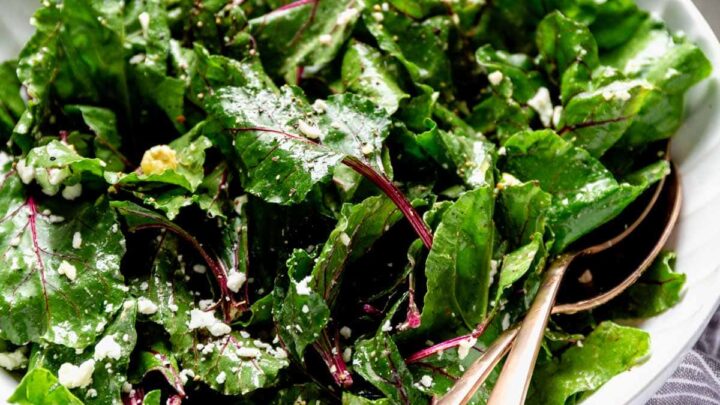
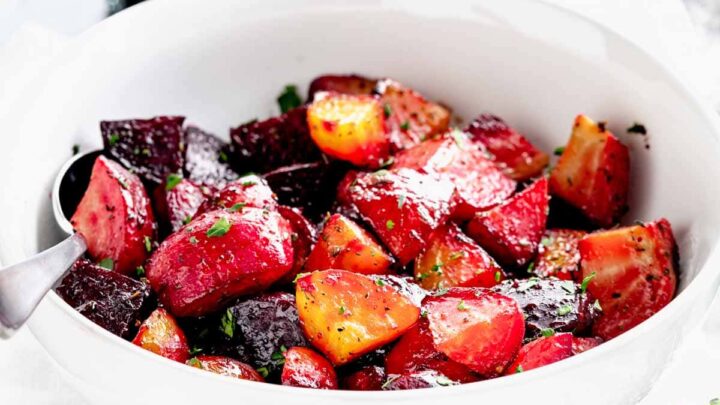
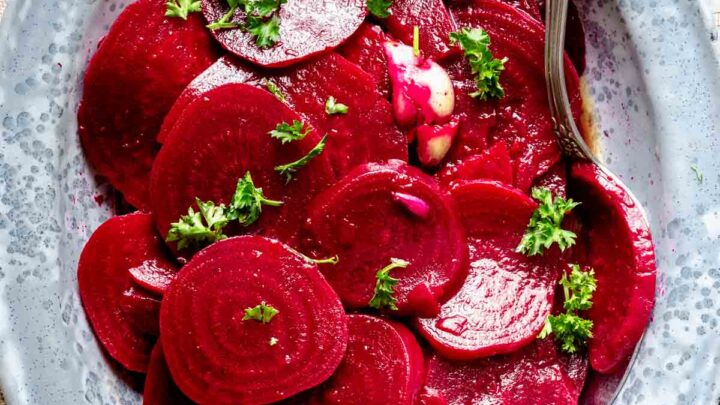
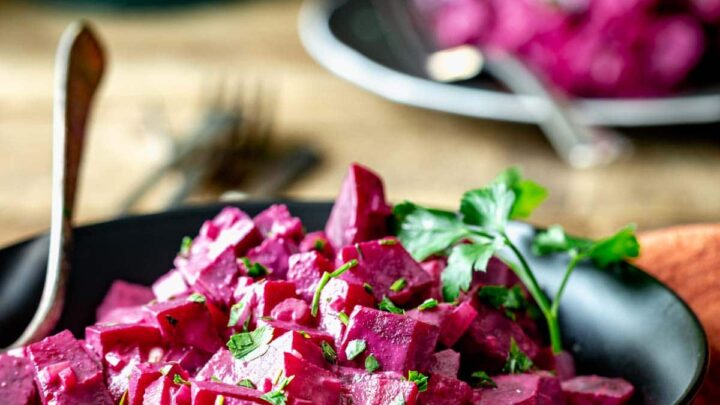
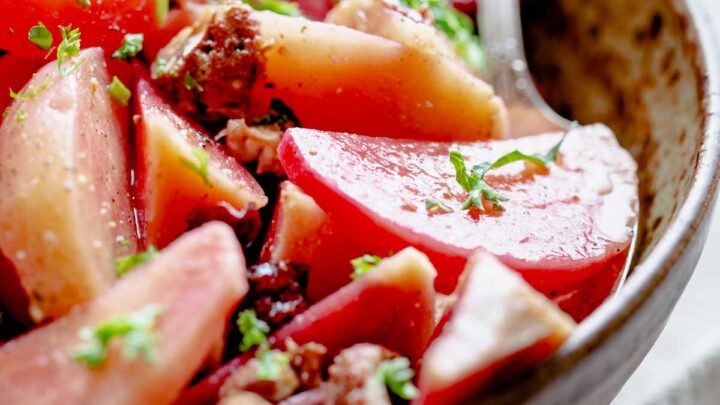

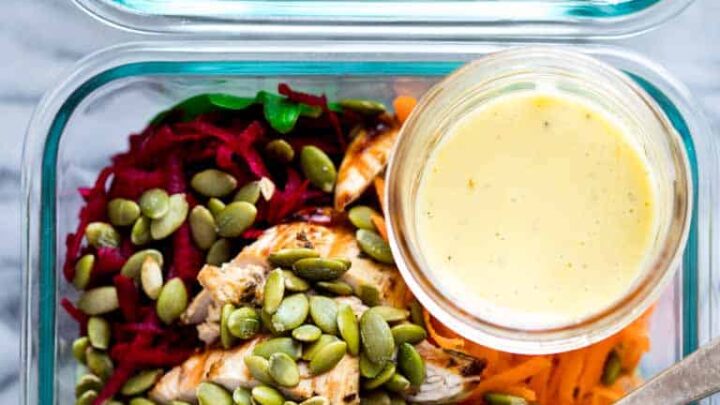
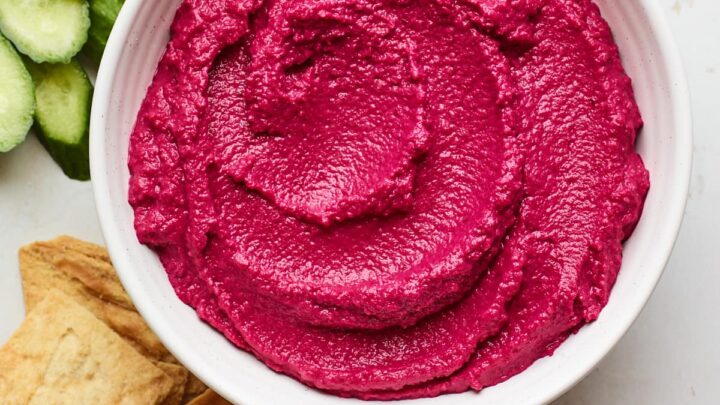

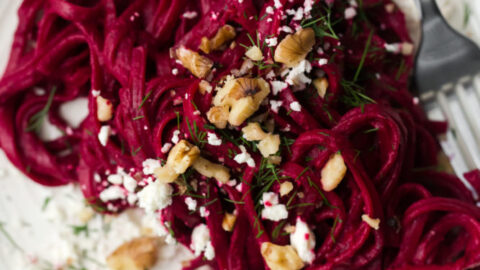



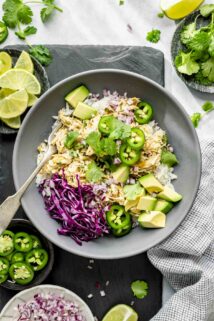



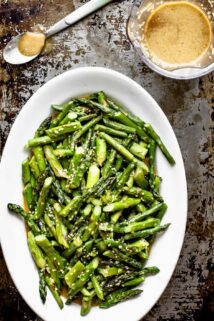
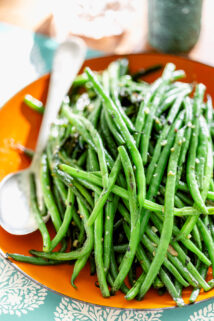


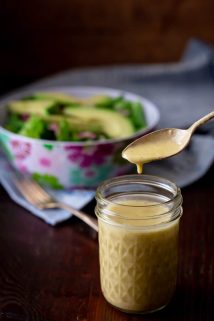


Hello. I am new to beets. Years ago, back in the 70s actually, I tried a beet from a salad bar and did not care for it. I think it was a texture thing. I like pickled things, so am thinking of making pickled beets made with fresh cooked beets, in hopes that I might like them. Is the texture very soft or mushy? PS – I love this website! I’m gearing up to start a new healthy diet and this site is just what I am looking for.
They are not soft. More the texture of cooked carrots (a little firmer perhaps.) They are not mushy at all. Canned or jarred beets can be softer. I am so glad you found my site. Thank you for saying hello and let me know if you are looking for anything in particular.
This is all very detailed and amazing information on beets. Thank you for sharing! The info about the health benefits especially are especially helpful. Thank you!
I looooooove beets but have always been scared to cook them. Can’t wait to add beets to my diet after reading this! Thanks for all the great info!
Hi Elly. I’m so glad you found this to be a useful resource. Thanks for stopping by.